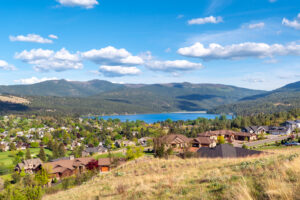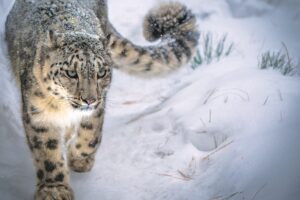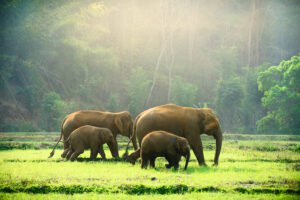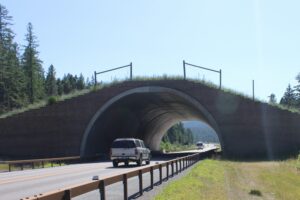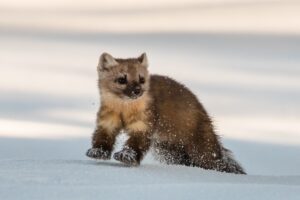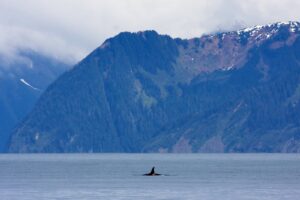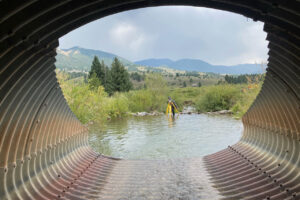Connecting Communities and Wildlife: A Local Planning Guide
Wildlife don’t stop at city limits, county lines, or property boundaries—and neither should local government planning. The decisions communities make today about how and where to build will shape whether future generations inherit thriving landscapes that sustain people and wildlife alike. That’s why CLLC created a new report on wildlife habitat connectivity and local government: to bring together the policy tools and practical strategies that every community and every community member—whether you’re a resident, planner, biologist, developer, or legislator—can consider using to help keep landscapes connected.
